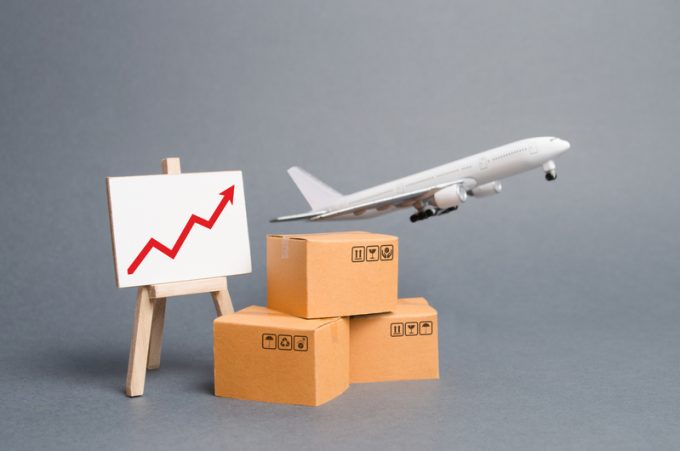Cosco profits surge, but headwinds from the US may slow pace of growth
Cosco’s box shipping division recorded surging revenues and profits last year, on the back of ...

Air cargo is on a pathway to double-digit growth this year, according to Xenta’s latest analysis, but the US crackdown on Chinese ecommerce has the market hedging its bets.
“Despite conservative, low single-digit industry growth forecasts at the end of last year, expectations have been boosted by six consecutive months of quite extraordinary regional demand for cargo capacity,” Xeneta said.
Global air cargo spot rates in May rose 9% year on year, to $2.58 per kg, the second consecutive month of ...
Volcanic disruption at Anchorage could hit transpacific airfreight operations
Macron calls for ‘suspension’ – CMA CGM's $20bn US investment in doubt
Forwarders stay cool as US 'liberation day' tariffs threaten 'global trade war'
Shippers snap up airfreight capacity to US ahead of tariff deadline
De minimis exemption on shipments from China to the US will end in May
Tighter EU import requirements proving 'a challenge' for forwarders
Looming Trump tariffs will create 'a bureaucratic monster' for Customs

Comment on this article